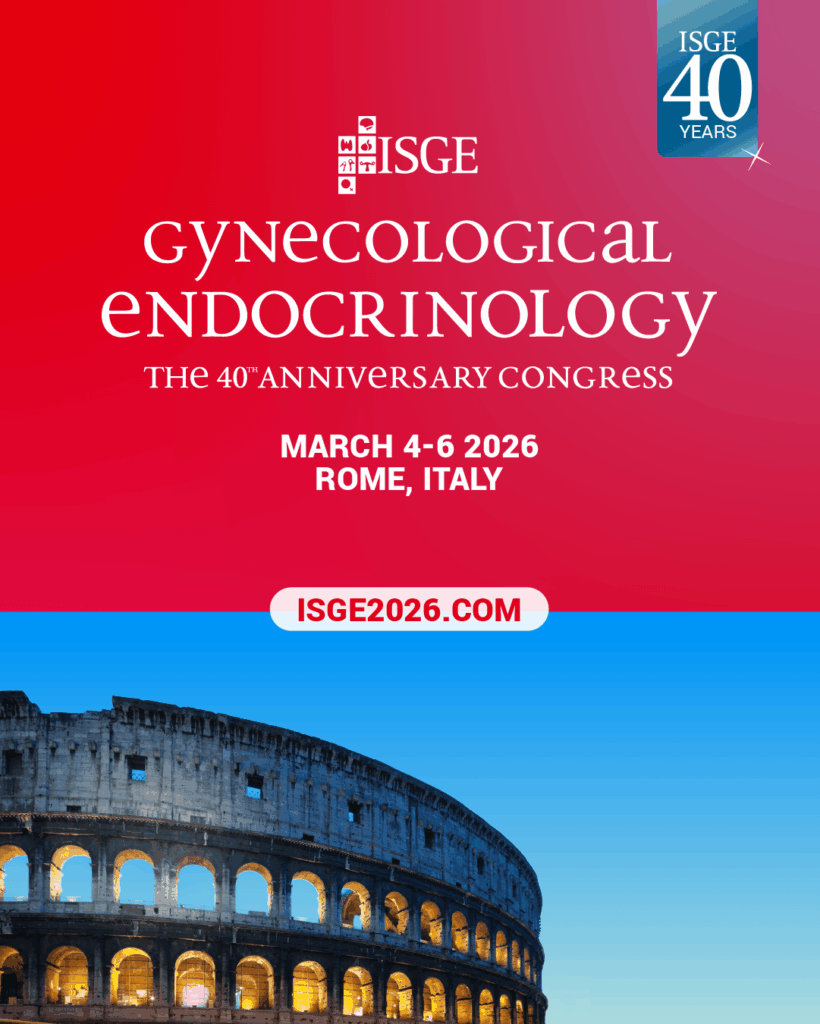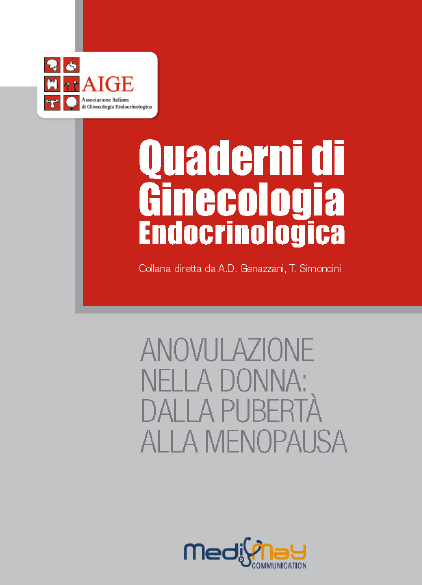-
S.D. Reed, J.W. Lampe, C. Qu, G. Gundersen, S. Fuller, W.K. Copeland, K.M. Newton Self-reported menopausal symptoms in a racially diverse population and soy food consumption
Maturitas, 75: 148-151, 2013Abstract
Objectives Evaluate the association of self-reported vasomotor symptom (VMS) frequency with race/ethnicity among a diverse midlife US population and explore menopause symptom differences by dietary soy isoflavone (genistein+daidzein) consumption.
Study design Cross-sectional population-based study of peri- and postmenopausal women, ages 45–58.
Outcomes Recent VMS frequency, VMS ever; recent symptom bother (hot flashes, night sweats, headache and joint-ache).
Results Of 18,500 potentially eligible women, 9325 returned questionnaires (50.4% response); 3691 were excluded (premenopausal, missing data, taking hormones). Of 5634 remaining women, 82.1% reported hot flashes ever, 73.1% reported night sweats ever; 48.8% and 38.6% reported recent hot flashes or night sweats, respectively. Compared with White women, Chinese, Japanese, Vietnamese, other Asian (each p<0.001) and Filipino (p<0.01) women less commonly reported ever having hot flashes; Asian women less commonly reported recent VMS bother (p<0.001). Black women more commonly reported hot flashes ever (p<0.05) and recent VMS bother (p<0.05). Compared with non-Hispanic White women, Hispanic women were less likely to report hot flashes (p<0.05) or night sweats (p<0.001) ever. Women were classified by isoflavone consumption: (1) none (n=1819), (2) 0.01–4.30mg/day (n=1931), (3) 4.31–24.99mg/day (n=1347) and (4) ≥25mg/day (n=537). There were no group differences in recent VMS number/day: (1) 7.0 (95% CI 6.5, 7.5); (2) 6.4 (95% CI 6.0, 7.1); (3) 7.0 (95% CI 6.3, 8.2); and (4) 6.8 (95% CI 6.1, 7.7).
Conclusions Menopausal symptoms, independent of isoflavone intake, varied considerably by race/ethnicity and were least common among Asian races. -
Richard A. Anderson, W. Hamish B. Wallace
Antimullerian hormone, the assessment of the ovarian reserve, and the reproductive outcome of the young patient with cancer
Fertility and Sterility 99: 1469-1475, 2013Abstract
The accurate assessment of the ovarian reserve has long been a key goal in reproductive medicine. The recognition that serum antimullerian hormone provides an indirect measure of the ovarian reserve has led to its rapid adoption in assisted conception, and wide exploration of its potential across the reproductive lifespan from the neonate to the menopause. In this short review we discuss its relationship with the ovarian reserve in its varied meanings, and in various contexts. These include in childhood and adolescence, and in the assessment of the impact of cancer therapy on the female reproductive tract. These therapies can adversely impact all aspects of female reproduction, including hypothalamic, pituitary, and ovarian hormonal activity, and the ability of the uterus to support a successful pregnancy.
-
Fabian Lunger, Ludwig Wildt, Beata Seeber
Accurate screening for insulin resistance in PCOS women using fasting insulin concentrations
Gynecol Endocrinol, 29: 541–544, 2013Abstract
The aims of this cross-sectional study were to evaluate the relative agreement of both static and dynamic methods of diagnosing IR in women with polycystic ovary syndrome (PCOS) and to suggest a simple screening method for IR. All participants underwent serial blood draws for hormonal profiling and lipid assessment, a 3 h, 75 g load oral glucose tolerance test (OGTT) with every 15 min measurements of glucose and insulin, and an ACTH stimulation test. The prevalence of IR ranged from 12.2% to 60.5%, depending on the IR index used. Based on largest area under the curve on receiver operating curve (ROC) analyses, the dynamic indices outperformed the static indices with glucose to insulin ratio and fasting insulin (fInsulin) demonstrating the best diagnostic properties. Applying two cut-offs representing fInsulin extremes (57 and413 mIU/l, respectively) gave the diagnosis in 70% of the patients with high accuracy. Currently utilized indices for assessing IR give highly variable results in women with PCOS. The most accurate indices based on dynamic testing can be time-consuming and laborintensive. We suggest the use of fInsulin as a simple screening test, which can reduce the number of OGTTs needed to routinely assess insulin resistance in women with PCOS.
-
Peter Chedraui1, Glenda San Miguel, Isabel Vintimilla-Siguenza, Diego Villacreses, Lucıa Romero-Huete, Andrea Domınguez, Winston Jaramillo, Gustavo S. Escobar, Faustino R. Perez-Lopez, Andrea R. Genazzani, Tommaso Simoncini, Research Group for the Omega Women’s Health Project
The metabolic syndrome and its components in postmenopausal women
Gynecol Endocrinol, 29: 563–568, 2013Abstract
Background: Prevalence of the metabolic syndrome (METS) increases significantly after the menopause.
Objective: To assess the prevalence of the METS and its components in postmenopausal women. Factors relating to each of the composing items of the METS were also analyzed.
Methods: Natural postmenopausal women (40–65 years) were invited to participate in this cross-sectional study in order to assess the presence of the METS using modified Adult Treatment Panel III (ATP-III) criteria. Participants were also requested to fill out a general sociodemographic questionnaire.
Results: A total of 204 women were surveyed with a median age of 56 years. A 52.9% presented the METS according to modified ATP-III criteria, with 37.3% presenting hyperglycemia, 51.5% hypertension, 58.3% abdominal obesity, 45.6% high triglyceride levels and 56.4% low HDL-C levels. Women with the METS presented a higher rate of dyslipidemia (high triglyceride and low HDL-C levels), hyperglycemia, hypertension and abdominal obesity than those without the syndrome. Those with abdominal obesity and hyperglycemia significantly displayed higher rates of low HDL-C levels (bivariate analysis). Multiple linear regression analysis found a positive correlation between glucose and triglyceride levels. Systolic blood pressure significantly and positively correlated to age and abdominal circumference. Abdominal circumference displayed an inverse correlation with educational level.
Conclusion: Prevalence of the METS in this postmenopausal female sample was high and associated to metabolic and lipid derangements. As abdominal obesity was significantly associated to lower education, there is an urgent need of implementing educational programs directed to high-risk populations in order to increase awareness of the problem. -
Roger A. Lobo
Where Are We 10 Years After the Women’s Health Initiative?
J Clin Endocrinol Metab 98: 1771–1780, 2013Abstract
The media attention surrounding the publication of the initial results of WHI in 2002 led to fear and confusion regarding the use of hormonal therapy (HT) after menopause. This led to a dramatic reduction in prescriptions for HT in the United States and around the world. Although in 2002 it was stated that the results pertained to all women receiving HT, subsequent studies from the Women’s Health Initiative (WHI) and others clearly showed that younger women and those close to menopause had a very beneficial risk-to-benefit ratio. Indeed, the results showed similar protective effects for coronary disease and a reduction in mortality that had been shown in earlier observational studies, which had also focused on younger symptomatic women. In younger women, the increased number of cases of venous thrombosis and ischemic stroke was low, rendering them “rare” events using World Health Organization nomenclature. Breast cancer rates were also low and were found to be decreased with estrogen alone. In women receiving estrogen and progestogen for the first time in the WHI, breast cancer rates did not increase significantly for 7 years. Other data suggest that other regimens and the use of other progestogens may also be safer. It has been argued that in the 10 years since WHI, many women have been denied HT, including those with severe symptoms, and that this has significantly disadvantaged a generation of women. Some reports have also suggested an increased rate of osteoporotic fractures since the WHI. Therefore, the question is posed as to whether we have now come full circle in our understanding of the use of HT in younger women. Although it is appropriate to treat women with symptoms at the onset of menopause, because there is no proven therapy for primary prevention, in some women the use of HT for this role may at least be entertained.
Abstract selezionati
-
S.D. Reed, J.W. Lampe, C. Qu, G. Gundersen, S. Fuller, W.K. Copeland, K.M. Newton Self-reported menopausal symptoms in a racially diverse population and soy food consumption
Maturitas, 75: 148-151, 2013 -
Richard A. Anderson, W. Hamish B. Wallace
Antimullerian hormone, the assessment of the ovarian reserve, and the reproductive outcome of the young patient with cancer
Fertility and Sterility 99: 1469-1475, 2013 -
Fabian Lunger, Ludwig Wildt, Beata Seeber
Accurate screening for insulin resistance in PCOS women using fasting insulin concentrations
Gynecol Endocrinol, 29: 541–544, 2013 -
Peter Chedraui1, Glenda San Miguel, Isabel Vintimilla-Siguenza, Diego Villacreses, Lucıa Romero-Huete, Andrea Domınguez, Winston Jaramillo, Gustavo S. Escobar, Faustino R. Perez-Lopez, Andrea R. Genazzani, Tommaso Simoncini, Research Group for the Omega Women’s Health Project
The metabolic syndrome and its components in postmenopausal women
Gynecol Endocrinol, 29: 563–568, 2013 -
Roger A. Lobo
Where Are We 10 Years After the Women’s Health Initiative?
J Clin Endocrinol Metab 98: 1771–1780, 2013






